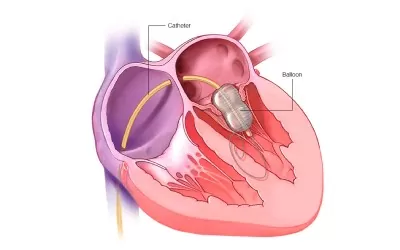Risks with Balloon Valvuloplasty
While balloon valvuloplasty is generally considered safe and effective, like any medical procedure, it carries certain risks and potential complications. Here are some of the risks associated with balloon valvuloplasty:
Valve damage:
During the inflation of the balloon, there is a risk of damaging the valve leaflets or surrounding structures, which can lead to leakage (regurgitation) of blood through the valve.
Arrhythmias:
Balloon valvuloplasty can sometimes trigger irregular heart rhythms (arrhythmias), such as atrial fibrillation or ventricular arrhythmias. These can cause symptoms such as palpitations, dizziness, or fainting.
Blood vessel injury:
There is a small risk of injury to the blood vessels through which the catheter is inserted, including bleeding, hematoma (collection of blood outside the blood vessels), or vessel perforation.
Stroke:
In rare cases, balloon valvuloplasty can dislodge small blood clots or plaque from the blood vessels, which may travel to the brain and cause a stroke. This risk is higher in patients with pre-existing cardiovascular disease or risk factors for stroke.
Infection:
Any invasive procedure carries a risk of infection, although this risk is relatively low with balloon valvuloplasty. Infection can occur at the site where the catheter is inserted or can lead to infective endocarditis, an infection of the heart valves or inner lining of the heart chambers.
Allergic reaction:
Some patients may have an allergic reaction to the contrast dye or other medications used during the procedure. This can cause symptoms such as rash, itching, or difficulty breathing.
Restenosis:
In some cases, the treated valve may become narrowed again over time, requiring repeat intervention or surgery. This is known as restenosis and can occur due to the progression of underlying valve disease or incomplete dilation of the valve during the initial procedure.



